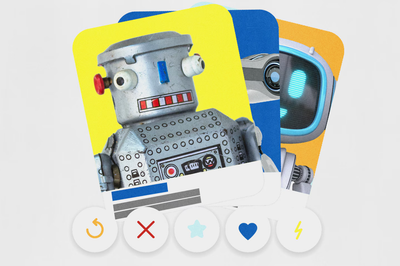Swipe-based dating once felt like printing money.
By luring singles in with a free experience and then charging for boosts, super-likes and status tiers, apps such as Tinder, Bumble and Hinge turned the hunt for romance into a $5-billion business.
But the Wall Street Journal’s short film “How Dating Apps Make Money—and Why It’s Changing” argues that the gold rush is flattening out.
Downloads are sliding, Gen Z is weary of paywalls, and regulators are eyeing the algorithms.
To keep revenue flowing, the industry is rewriting the very idea of what a “dating app” should be:
The Old Playbook: Freemium + FOMO
For the past decade success looked deceptively simple:
- Hook users for free. Swiping and basic messaging cost nothing.
- Meter visibility. The more you pay, the more profiles you see—and the more people see you.
- Segment by desire. Casual browsers pay a few bucks; power users fork out for Gold or Platinum plans.
That formula pushed Tinder past the $1 billion annual-revenue mark and let its parent—Match Group—dominate the sector. Yet it also created perverse incentives: if an app matches you too quickly, it loses a paying customer. Critics now liken some premium features to slot machines for affection.
Why the Model Is Cracking
The old way isn't working anymore:
- User fatigue. Endless pay prompts and recycled profiles erode trust. Younger users increasingly describe swiping as “enshittified.”
- Regulatory heat. Data-privacy laws, Apple and Google’s 30 % fee, and looming AI rules squeeze margins.
- Stalling growth. With most singles already online, the pool of new hearts to monetize is thinning.
All of this forces apps to find fresh reasons for you to stick around—even after you’ve found someone.
The New Directions
So where are the dating apps going now?





